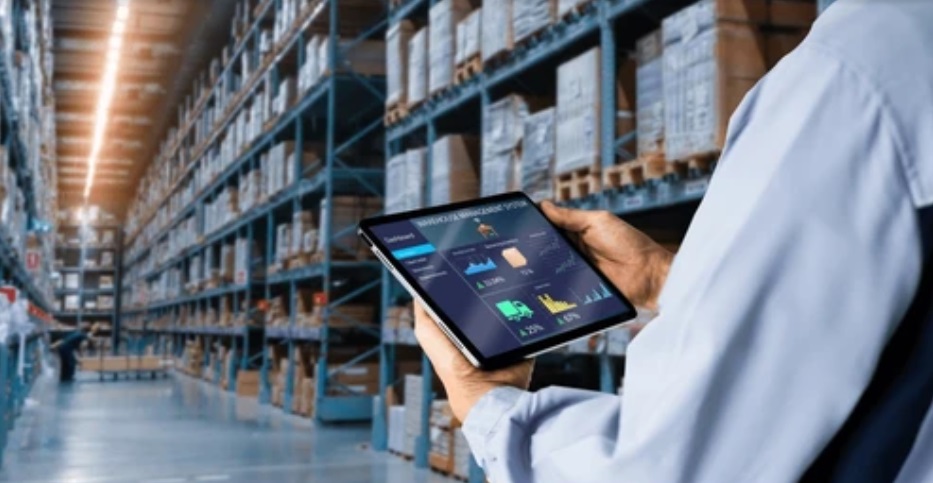Ola, the pioneering Indian cab aggregator company, has revolutionised the way people avail of cab services. Founded in December 2010 by two graduates from IIT Bombay, Ola is owned by ANI Technologies Pvt. Ltd. (formerly known as OlaCabs). With its innovative approach, Ola has successfully bridged the gap between cab owners and commuters, providing a seamless and convenient transportation experience.
Unlike traditional cab companies, Ola does not own or rent out its own fleet of cars. Instead, it partners with numerous taxi drivers and owners, leveraging modern technology to connect them with passengers. Through the Ola app, users can easily book cabs on short notice, transforming the way people travel in India. As of Uber’s 2020 report, Ola holds a significant market share of just under 50% in the ride-hailing industry in India.
Ola operates in more than 250 cities across India and boasts a vast network of over 2.5 million driver-partners. With its hyperlocal approach, the company is dedicated to its mission of providing mobility solutions for a billion people. In alignment with this vision, Ola has expanded its services to include auto-rickshaws and bike bookings, catering to diverse transportation needs.
Additionally, Ola introduced “Ola Pedal” in 2017, a bicycle-sharing service that facilitates last-mile connectivity for commuters. This reflects Ola’s commitment to addressing transportation challenges and offering sustainable mobility options.
As a homegrown ride-hailing app, Ola has garnered immense popularity and trust among Indian consumers. Its user-friendly platform, extensive network, and focus on technology-driven solutions have propelled its growth and cemented its position as a leader in the Indian ride-hailing market.
OLA – Company Highlights
| Startup Name | Ola |
| Headquarter | Bangalore |
| Founders/Owners | Bhavish Aggarwal and Ankit Bhati |
| Sector | Transportation |
| Founded | December 2010 |
| Revenue | Rs 983.2 crores ($131.83 million) FY21 |
| Total Funding | $5 billion+ (February 2022) |
| Valuation | $7.3 billion+ (December 2021) |
| Parent Company | ANI Technologies Pvt. Ltd. |
| Website | olacabs.com |
About Ola and How it Works
Ola, the renowned cab aggregator, has redefined the cab booking process, making it simple and convenient for passengers. With a range of services and features, Ola ensures a smooth ride experience for its customers. From hassle-free payment options to in-cab entertainment through ‘Ola Play’, Ola takes care of every aspect to enhance the passenger’s journey. In addition to cab-hailing, Ola now offers self-drive cars, providing flexibility and choice to users.
Ola offers a diverse fleet of cars to cater to different travel needs, budgets, and group sizes. Passengers can choose from shared taxis, autos, bikes, and even e-rickshaws for intra-city travel. For outstation trips, ‘Ola Outstation’ allows travelers to book cabs for travel beyond city limits, while ‘Ola Rentals’ offers hourly cab rentals. To provide additional benefits, Ola has introduced ‘Ola Select’, a subscription-based membership program that offers premium advantages on rides.
The popularity of ‘Ola Pedal’, Ola’s bicycle-sharing service, has soared, particularly on campuses like IIT Kanpur and IIT Madras, with over 500 cycles available for use.
In 2016, Ola launched ‘Ola Corporate’, a service that enables employees to book rides through their company’s prepaid Ola Corporate account, streamlining travel expenses and ensuring employee safety.
Ola has also ventured into financial services with ‘Ola Financial Services (OFS)’. Under the Ola Money umbrella, Ola offers various products such as Ola Money Credit Card, Ola Money Postpaid, Ola Money Mobile Wallet, and Ola Money Hospicash. Ola Hospicash, a collaboration with Religare Health Insurance, allows policyholders to claim Rs 5000 per day in case of hospitalization. Ola has demonstrated its commitment to OFS by investing up to Rs 786.1 crore in this subsidiary in December 2021.
Noteworthy is Ola’s commitment to transparency in its operations. The company ensures that drivers receive a commission for every sale made, while also offering competitive pricing that is often lower than many traditional operators in the market. This approach contributes to Ola’s reputation as a trusted and customer-centric cab aggregator.
Ola – Founders and Team
Ola was founded by Bhavish Aggarwal and Ankit Bhati in 2010.
Ola – Business Model and Revenue Model
Ola operates on a straightforward and efficient business model, acting as a facilitator for cab-booking services. Instead of owning its own fleet of cabs, Ola provides a platform through its user-friendly app for customers to book rides. The company ensures that only drivers with valid permits, authorised and verified by transport authorities, can register with Ola. These drivers may be self-employed or work for operators who own multiple cars.
Upon registration with Ola, drivers gain access to a dedicated mobile app designed specifically for them. Before granting access, Ola conducts a thorough authentication process, diligently verifying the commercial and personal documents of both the driver and the operator. This rigorous scrutiny ensures the drivers’ and their vehicles’ authenticity and reliability.
One of the key advantages for drivers is the flexibility Ola offers. They can choose their own working hours by logging in or out of the app at their convenience. When a ride request is received, drivers can accept or decline it based on their availability. This flexibility allows drivers to optimise their earnings and work-life balance.
Ola generates revenue by charging a commission on each booking made through the app, typically around 15% on average. The final fare for customers is calculated based on various factors, including the base fare, distance travelled, ride time, and peak pricing during periods of high demand. Additional charges such as service tax, Swachh Bharat tax, and toll fees (if applicable) may also be included in the final bill.
By offering a seamless and convenient platform for cab bookings, Ola has revolutionised the way people commute, connecting customers with reliable drivers and providing a hassle-free transportation experience.






